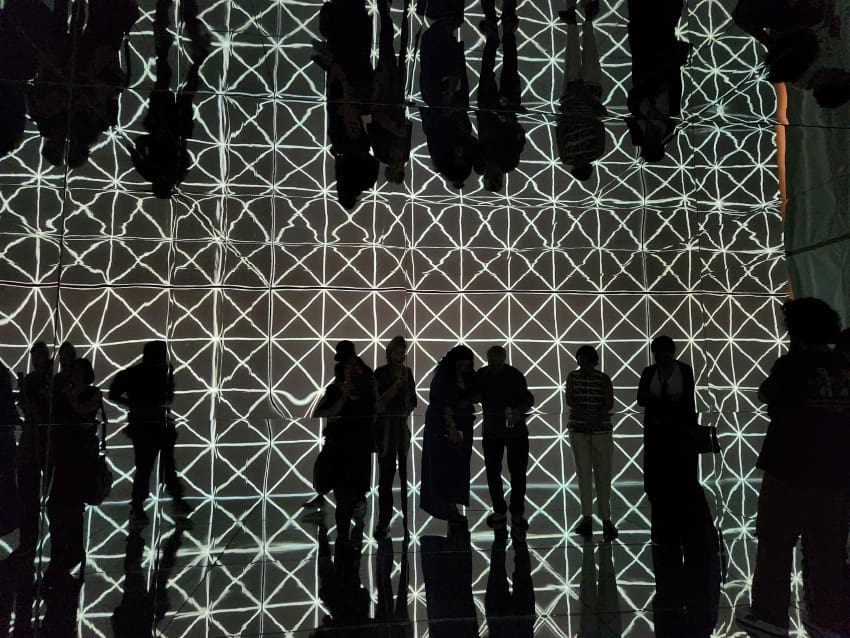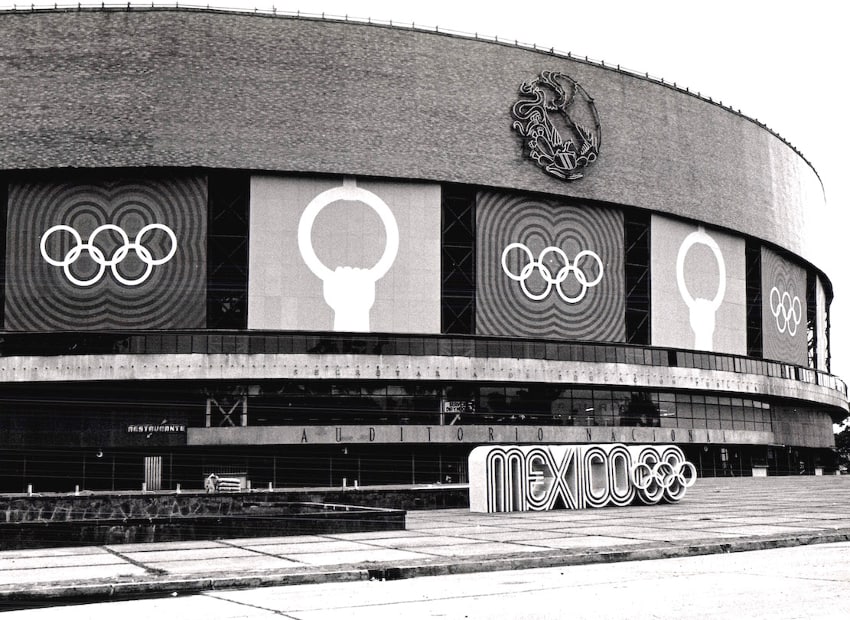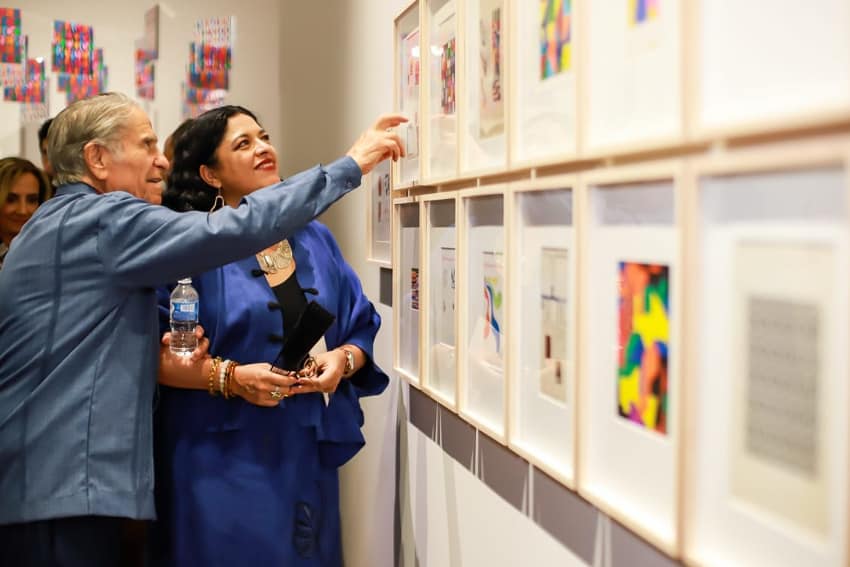A retrospective exhibition of iconic Mexican artist and architect Eduardo Terrazas has opened in Mexico City, showcasing more than 50 years of his work.
“Eduardo Terrazas: multiple equilibria, works and projects (1968-2023)” will be open to the public until Oct. 8 at the Palacio de Bellas Artes (Palace of Fine Arts). The exhibition contains 144 pieces spanning Terrazas’ career, drawn from various collections including the Carrillo Gil and Modern Art museums, as well as ten new pieces.

“Terrazas is a multifaceted artist. It was very important to be able to contemplate all these perspectives without ruling anything out,” said the exhibition’s curator, Daniel Garza Usabiaga.
Born in Guadalajara in 1936, Terrazas originally trained as an architect. As a young man, he traveled through Europe and the Soviet Union with an exhibition of pre-Hispanic art.
These experiences inspired an artistic career that combines geometry and Mexican folk designs to create a distinctly Mexican contemporary artistic style, explored through the exhibition’s four sections.
The first section, “Urban environments,” highlights the artist’s first major public work: the logo for the 1968 Olympic Games, held in Mexico City. The design is influenced by tablas – a wool-based folk art made by Wixárika (or Huichol) Indigenous communities.

“We turned the Huichol tablas into a symbol of the Games by putting in one strand, and another, and another,” Terrazas says of the piece. “From that we were able to establish a whole identity, crossing the Mexican tradition with the modern essence of the games.”
The third section, “Possibilities of a structure,” contains a series of pieces based on geometric shapes.
It is divided into five axes titled “Nine Circles,” “Grid,” “Diagonals,” “Barcode” and “Cosmos,” which Terrazas says aim “to make sense of our time and present it as art.” The new pieces Terrazas created for the exhibition also draw from this style.
The final section, “Everything depends on everyone,” showcases two 16-piece mosaics Terrazas made in 1975 for a meeting of the Club of Rome in Guanajuato.

The monochrome “Exponential growth” is set alongside the brightly colored “Organic growth,” in a statement that Terrazas intended as a critique of unsustainable industrial development.
During a pre-opening tour of the exhibition, the 87 year-old artist reflected on beauty as a universal language that brings together the disparate elements of his work.
“We are in a crisis, not so much because we cannot see, but because there is such a complicated environment, so difficult, that it obfuscates us and we cannot appreciate the beauty or make it resurface,” he said. “In the things you see and how you look at them; everything starts with beauty.”
